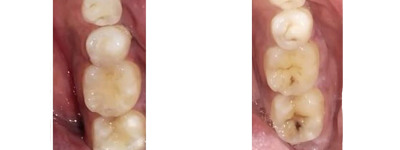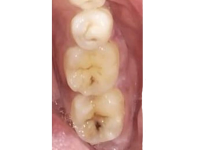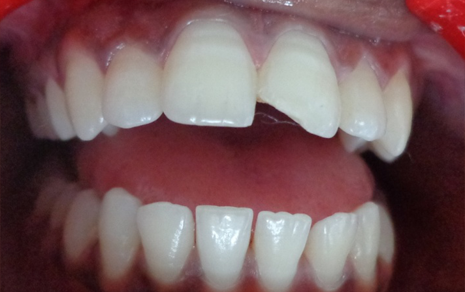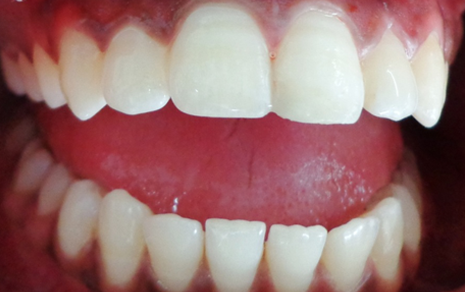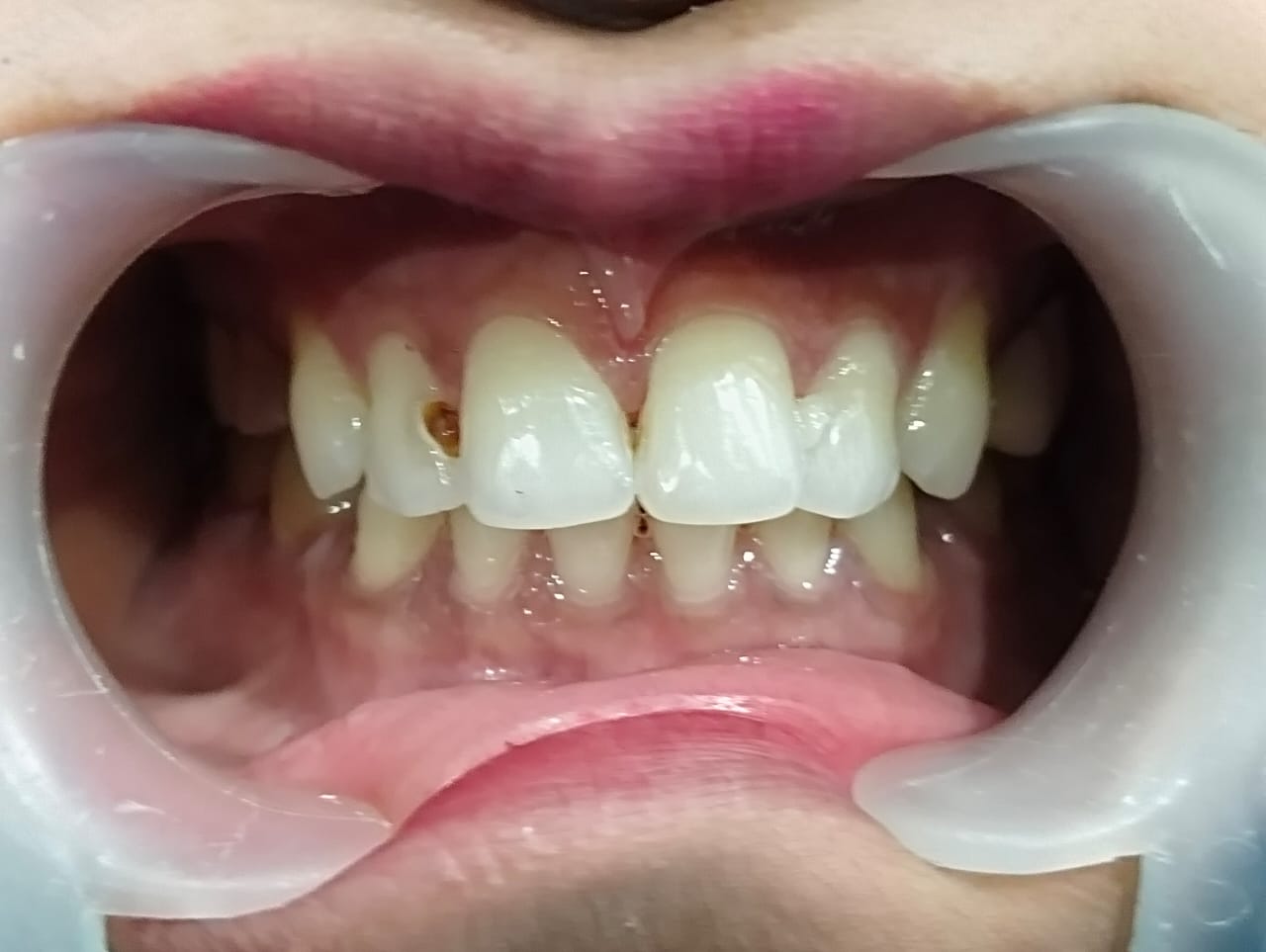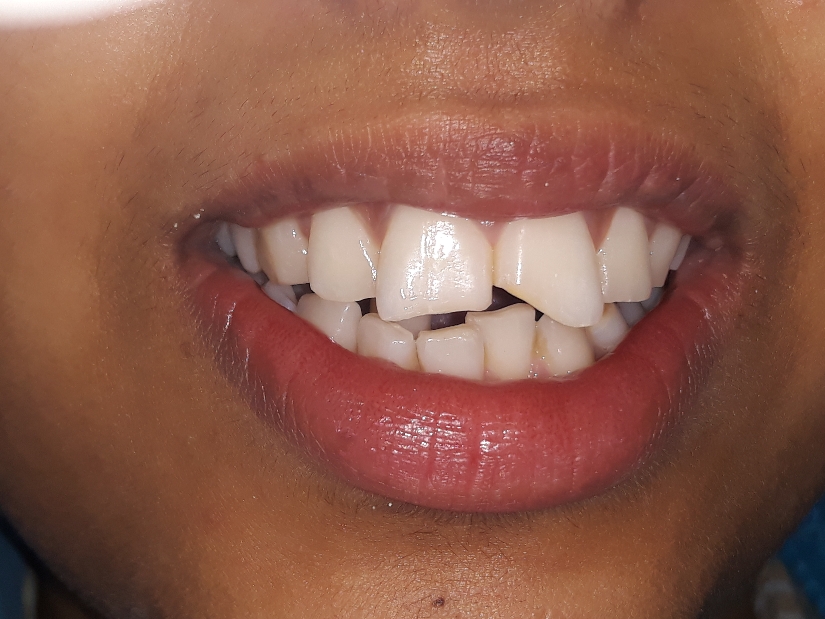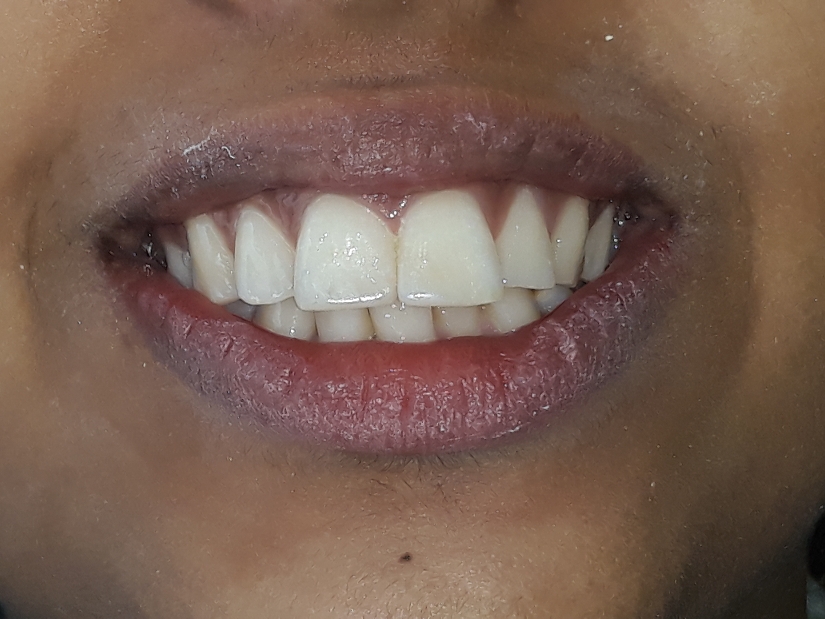Silver amalgam fillings
This is a popular filling. Silver amalgam filling contains more than silver — it is a combination of other minerals, including tin, zinc, copper and mercury. It is a common choice because it is sturdy, long-lasting and less pricey than other options. A normal silver amalgam filling can stand up to 12 years of use. Dentists find it easy to use because it is malleable.
The main drawback is that it is not aesthetically pleasing, so it is not the best choice for a visible tooth. The material can also respond to temperature changes by contracting and expanding, causing the tooth to crack. The fluctuations may create a gap between the filling and tooth, ushering in food and bacteria and the formation of new cavities. Despite the controversy surrounding mercury in silver amalgam, the filling material has been declared safe for use.

